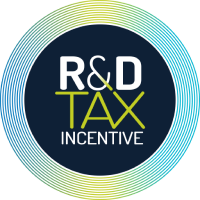Tips on record keeping
What do I need to know about record keeping?
The records you need to keep fall into two broad categories:
- records that verify the eligibility of the activities you claim for
- records that verify the eligibility of the expenditure you claim for.
Records of eligible activities
You need to have some form of records that document the following:
- the scientific or technological uncertainty you are trying to resolve
- the systematic approach you are taking to resolve the uncertainty (including how you expect this approach will resolve the uncertainty)
- the goal or resolution you are aiming to achieve
- the supporting activities you intend to claim for (including how these are required for and integral to, and have the only or main focus of supporting, their associated core activity).
There are no set rules around the form these records should take.
You may choose to develop records specifically for this purpose, or you may choose to draw on existing records/documentation such as:
- project plans
- documents describing the design of tests/experiments/required analysis or prototyping
- project records including notebooks or photos of legible dated scrum boards
- test or experiment protocols, results, analysis and conclusions
- project reports including progress reports.
Records of eligible expenditure
As a business, you will already keep records of expenditure in your accounting systems and financial statements, through things like contracts, invoices and wage records.
However, your existing expense classifications won’t necessarily match the definitions of eligible expenditure under the RDTI.
This means you may need to change your existing systems, or create new ones, so you can clearly track your eligible expenditure against eligible R&D activities.
Again, there are no rules around how you do this - it’s completely up to you.
However, given your records will need to be a hybrid of project progress and tax information, we recommend you team your project and finance people up when you decide what approach you will take.
